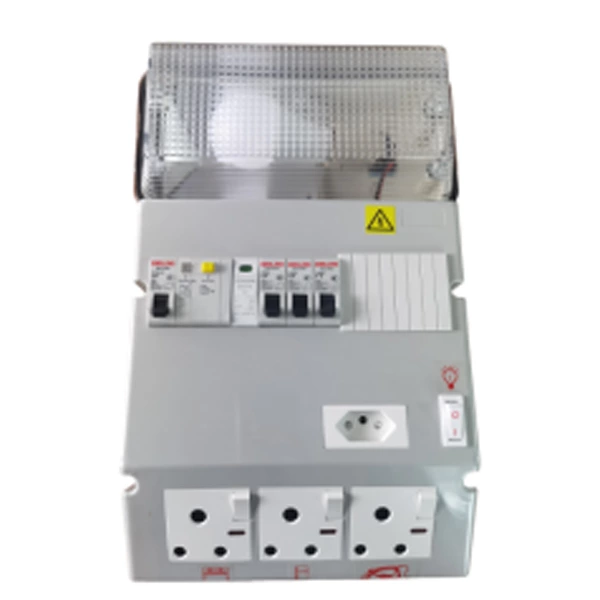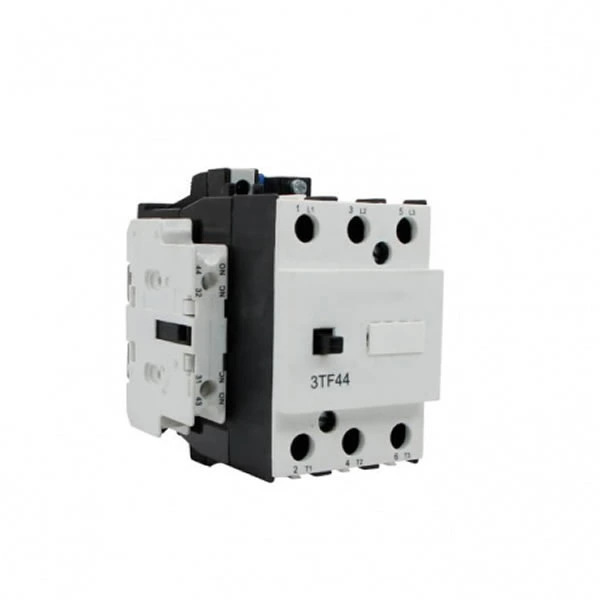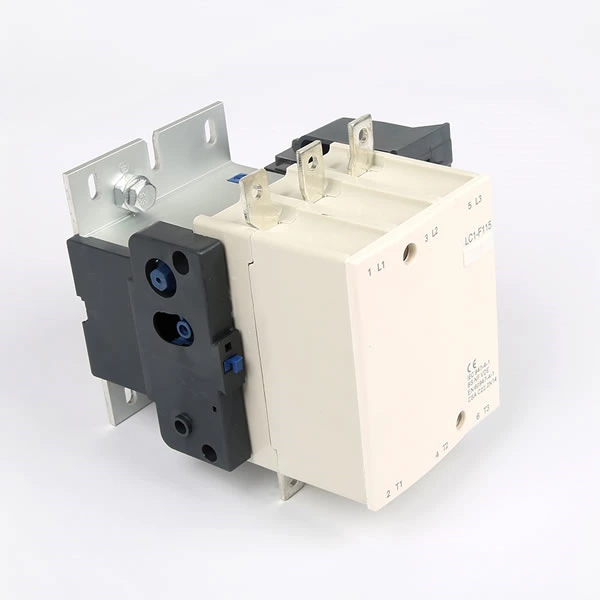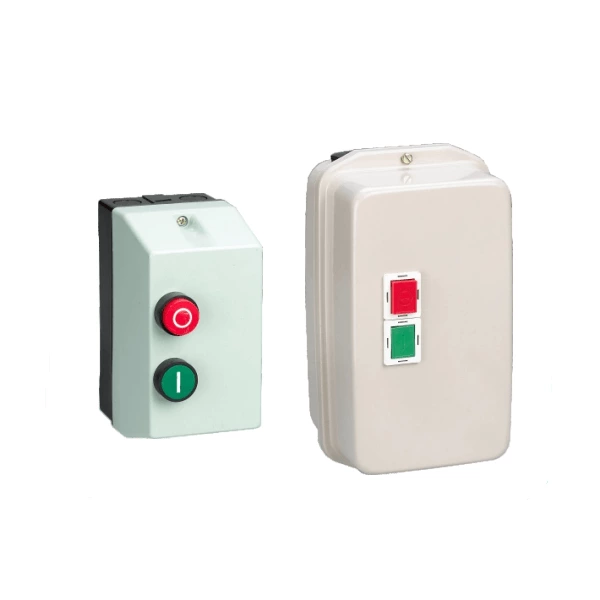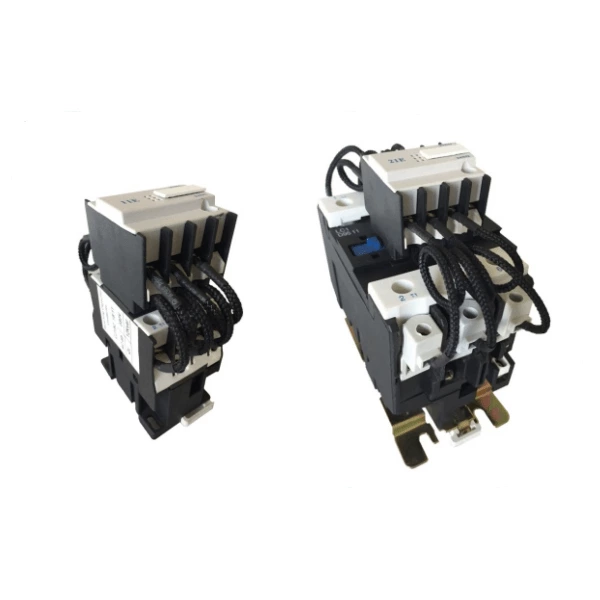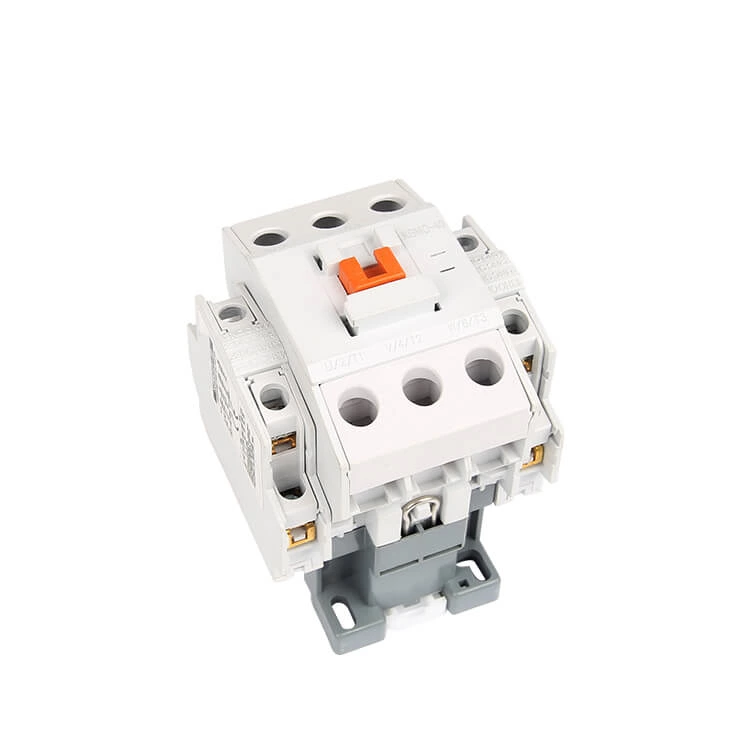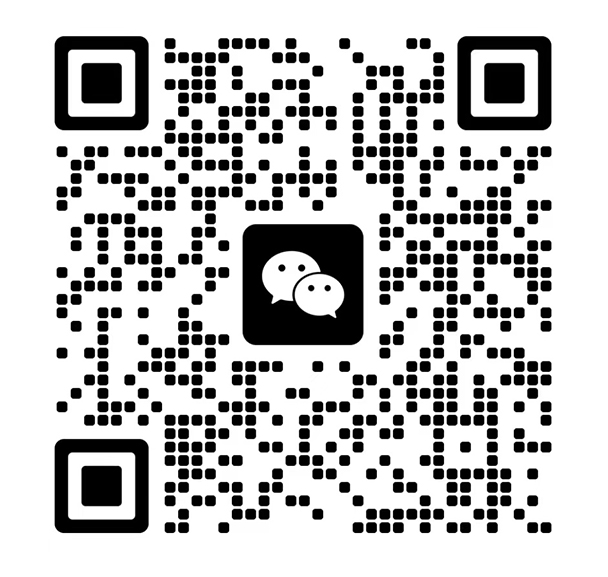Rural Lighting Electrical Ready Board Safety Training: Comprehensive Guidance From Theory To Practice
Rural lighting electrical ready boards are key facilities for ensuring nighttime electricity safety and facilitating daily life, but electric shock and fire accidents often occur due to improper operation or maintenance. To carry out systematic safety training, it is necessary to gradually advance from theoretical understanding to practical operation, and build a solid defense line for rural electricity safety.
1、 Theoretical training: Clarify safety principles and regulations
Structure and Function Analysis: Through illustrated textbooks, explain the constituent modules of the electrical ready board - incoming switch, leakage protector, circuit breaker, terminal block, etc., emphasizing the core role of leakage protector in cutting off leakage current within 0.1 seconds, as well as the protection mechanism of fuse that melts when overloaded.
Risk scenario simulation: Based on real cases, analyze the consequences of short circuits, arc burns, equipment fires, and other violations such as unauthorized connections, wet hand operations, and overloaded electricity use, and strengthen the awareness of "safety is no small matter".
Popularization of regulations and standards: Interpretation of the "Technical Regulations for Low Voltage Power in Rural Areas" regarding mandatory requirements such as installation height of electrical ready boards (not less than 1.5 meters), protection level (above IP54), and regular inspections (at least once a month), clarifying the bottom line of safe operation.
2、 Practical training: Master operational skills and emergency methods
Standardized operation drill: Under professional guidance, students practice the standard process of "power-off - electricity verification - hanging grounding wire - operation - restoring power supply", focusing on training the skills of using tools such as electricity verification pens and insulated gloves to avoid the risks of live working.
Troubleshooting training: Simulate faults such as short circuits, leakage, and loose wiring, guide students to locate problems by observing indicator lights, measuring voltage and current, and follow the principle of "power off first, repair later".
Emergency response drill: Simulate electric shock emergency scenarios and teach the standardized process of "disconnecting from power source - cardiopulmonary resuscitation - sending to the hospital"; Train on the operation essentials of using dry powder fire extinguishers to "lift and hold" in case of a fire in the electrical ready board.
3、 Long term mechanism: Consolidate training achievements
Establish an assessment system: Through dual certification of theoretical exams and practical assessments, ensure that students master safety knowledge.
Regular refresher training updates: Combining new technologies and standards, organize refresher training every year to strengthen safety awareness.
Creating a promotional atmosphere: Post safety electricity posters on the village affairs bulletin board, use loudspeakers to play warning messages in a loop, and form a community culture of "everyone talks about safety".
